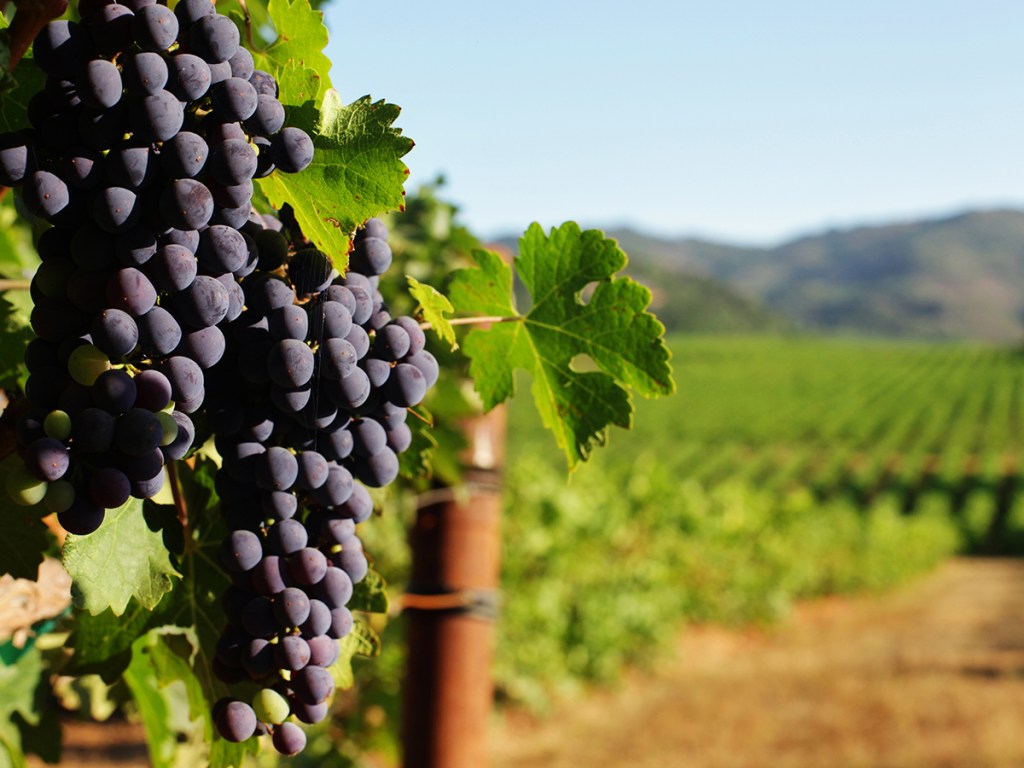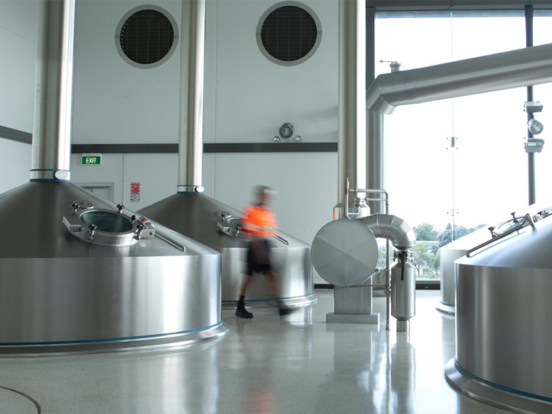ProWein’s latest Business Report has been released, with a heavy focus on the effects of staff shortages in the liquor industry.
Baby boomers are exiting the job market and, often, cannot be replaced to the same extent by a younger workforce.
But how strongly and in which areas is the wine industry impacted by this staff shortage, and how does it react to it? What workforce-related opportunities and risks does the industry see in the near future?
- The Labour Shortage: The Central Issue
According to the ProWein Business Report, almost every other company (45%) in the wine industry reports having been affected by staff shortages over the last two years (2021 and 2022).
When it comes to wine producers, staff shortages are slightly above the industry average – half of all companies are affected – with larger wineries generally suffering slightly more.
The main reason for the greater staff shortages in production is the strong seasonality of the work involved – including during the harvest and vegetation periods.
On the trade side, following the pandemic, many hospitality companies faced difficulties in regaining their old staff or recruiting new staff. Many vacancies could not be filled – a condition still observed in 2023.
The situation is totally different for importers, distributors, exporters and wine merchants: at 32% to 36%, respectively, they are comparatively less affected by the labor shortage.
The reason? According to ProWein it is because workers specifically skilled in wine tend to have more-regular working hours and are not subject to seasonal fluctuations, they often are permanently employed.
What kind of staff are wineries lacking?
The ProWein report says wineries mostly lack seasonal workers. Almost two out of three companies (63%) state that they lack temporary workers during the harvesting or the holiday seasons, which bring the greatest rush of tourists.
Traditionally, they have been able to fall back on nonworking homemakers, retirees and students as a silent work reserve to be activated for the labour-intensive grape harvest season.
However, a higher retirement age and greater financial security have dried up most of those reserves.
Due to low birth rates in younger cohorts, there are also fewer and fewer students that could help out – and those who remain are strongly courted by other industries with sometimes high wages.
The report states that in countries such as Australia and New Zealand, half of all companies can’t find sufficient seasonal workers. In addition, the pandemic also prevented the arrival of seasonal work-and-travel staff.
- Staff shortages and their effects
The ProWein Business Report says predominantly, companies have compensated for staff shortages by instituting overtime and/or longer working hours.
Above all, owner families and plant managers report a clearly increased workload. Numerous comments show that family-run businesses have already reached their limit, leaving them unable to compensate for any further aggravation of the situation.
The additional economic worries here often lead to extremely high mental burdens, resulting in burnout. If family members then drop out, economic worries are aggravated even further by the markedly higher costs caused by external replacements.
Finally, the socially and economically unsustainable labour requirements in wine-growing operations also reduce the chances of passing the winery on to the next generation, members of which often wonder whether this huge amount of work is really worthwhile.
ProWein say staff shortages also directly impact companies’ output. A third of all companies failed to deliver on their quality or service level goals. The harvest was delayed, resulting in a lower-quality grape harvest.
Wine businesses were unable to provide hospitality customers the services they desired and in order to keep up existing processes, they had to partially reduce capacity.
Nearly one in four companies had to put up with sales losses caused by staff shortages because they could no longer offer all their products or services. Almost one in five companies (18%) reduced their service hours or could only deliver with delays (16%).
- What does the future look like? Opportunities and risks
What are the threats and opportunities in view of the future availability of staff? According to ProWein, more than 70% feel that the higher salaries paid in other industries will entail further staff losses.
Every other respondent also states the low profitability of the wine industry as a reason, because it limits the sector’s attractiveness.
On the flip side, 51% of companies view proximity to nature and to the natural product that is wine as a chance to make this sector attractive for prospective future employees.
More than half (57%) of the companies polled expect automation and digitalisation to rise further, all triggered by the labour shortage.
Some, however, especially large enterprises and cooperatives, will be able to benefit from economies of scale – as they are in a position to bear the high required investment and maintenance costs. These processes also increase the economic pressure on viticulture operations.
Most companies (54%) are convinced that the industry will also depend on immigration and international seasonal workers in the future. However, whether levels seen in the past can be maintained going forward remains questionable due to changing circumstances.
In the eyes of many companies, the fascination of the product wine and working in nature are a special strength of this industry, making it particularly attractive for potential workers. In fact, the younger generation is strongly interested in “green” professions and sustainability issues. This industry can definitely score points in those areas.
Unlike during past economic crises, the number of available staff is not rising. As a result, only a very small number of enterprises considers the current economic crisis an opportunity for recruiting staff more easily. What’s more, many countries are affected by staff shortages across many industries, so plenty of firms shy away from firing employees.
- Outlook
The ProWein report states the wine industry is faced with the major challenge of recruiting and retaining staff but the sector will adapt and increasingly automate areas that are especially labour-intensive.
This will drive structural change in the sector and lead to further consolidation in wine production.
Wine trading, in contrast, will for the foreseeable future remain a people’s business where establishing personal contacts counts.
Here, the industry needs to stand its ground in the competition for skilled labor by offering appropriate remuneration and good working conditions and by promoting wine’s fun factor.
For more information on ProWein, click here.
How to catch up with The Shout NZ…
Online, updated daily with its own unique content and breaking news.
Our weekly newsletter – free to your inbox! Subscribe here.
We are also on Facebook and Instagram!




